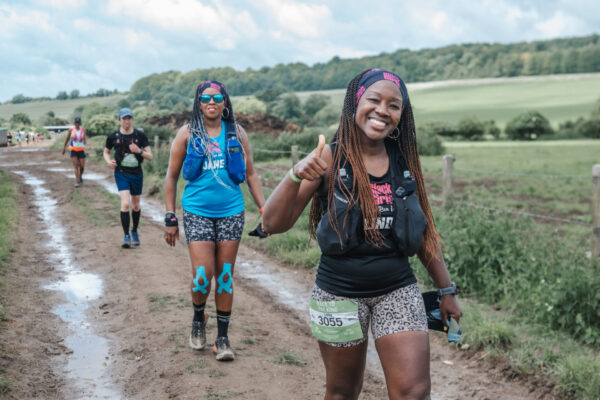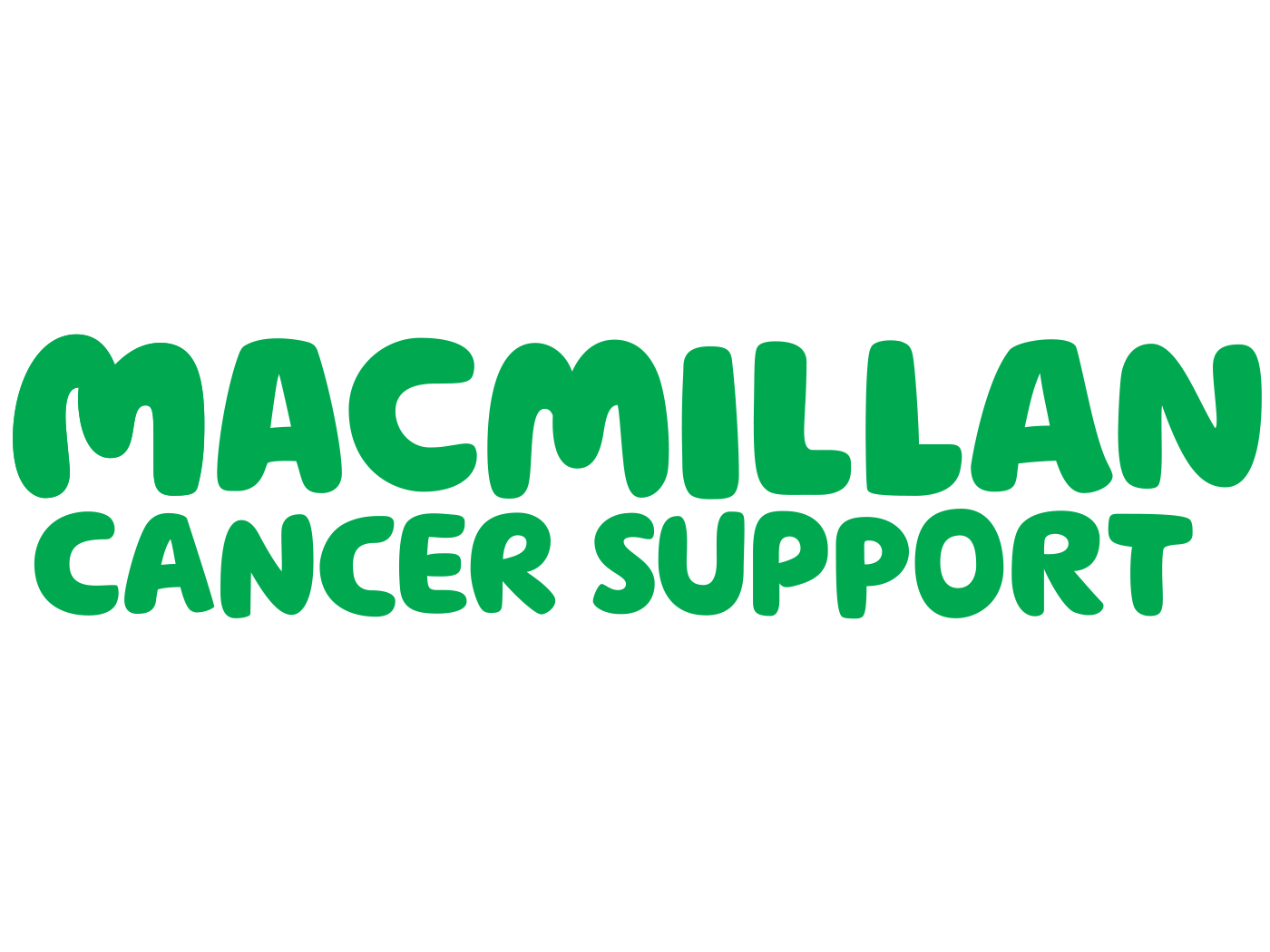1. One-minute jog test
One simple test that we can do is to jog on the spot for one minute. If after one minute, you don’t get any symptoms or pain in the affected limb(s), this is a good indicator that you are ready to get back to running.
2. 30-second hop test
Get out your stopwatch and hop on the ‘injured limb’ for 30 seconds. If you don’t get any pain in the area, it’s likely that you’re ready to slowly build your running back up.
3. First run back
Provided you don’t have any pains during those two tests, it’s time to build back into your plan slowly and return post-injury. The most common mistake that individuals make is to try and run too fast, too soon. Your first run back should be a 10 minute run, broken down into 2 minutes of running, followed by a minute walking rest. This should always be a pain level of 3 or less.
Whilst this may seem frustrating post-injury, you need to ensure you don’t run too fast. The harder you run, the more ground reaction force is generated. This gets relayed back into your tendons, ligaments, muscles and joints and could therefore cause further damage.
Next, look to bring in some lower-intensity easy runs before you start to bring back in your higher-intensity sessions. You can adjust the number of runs per week, or your running ability, easily from within the Runna app. Remember that your plan will adapt accordingly. Listen to your body and if you’re not 100% sure that you’re ready, don’t progress further until your body is stronger.
All being well, you’ll be able to build back up to your old running ability and prevent the onset of further injury.
Article from Runna
The contents of our support articles, such as text, videos, images, are for informational purposes only. The content is not intended to be a substitute for professional medical advice, diagnosis, or treatment post-injury. Check with a doctor in addition to using our support articles and before making any medical decisions.




















